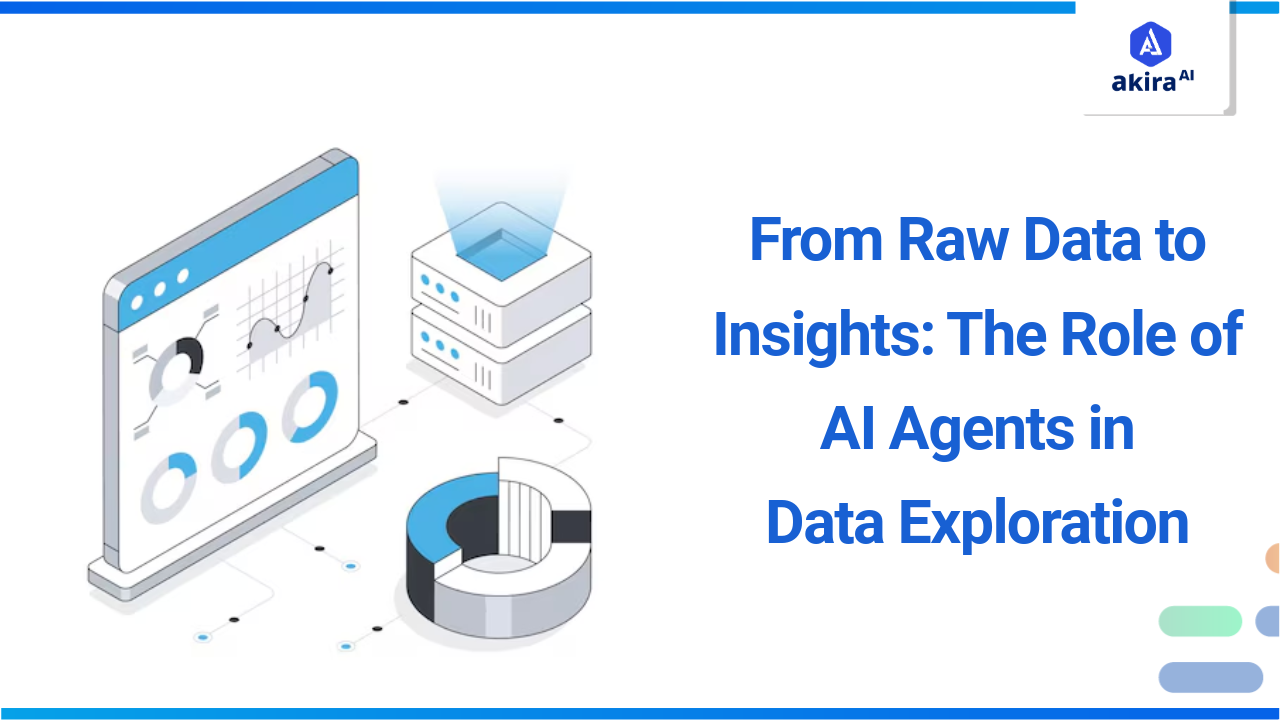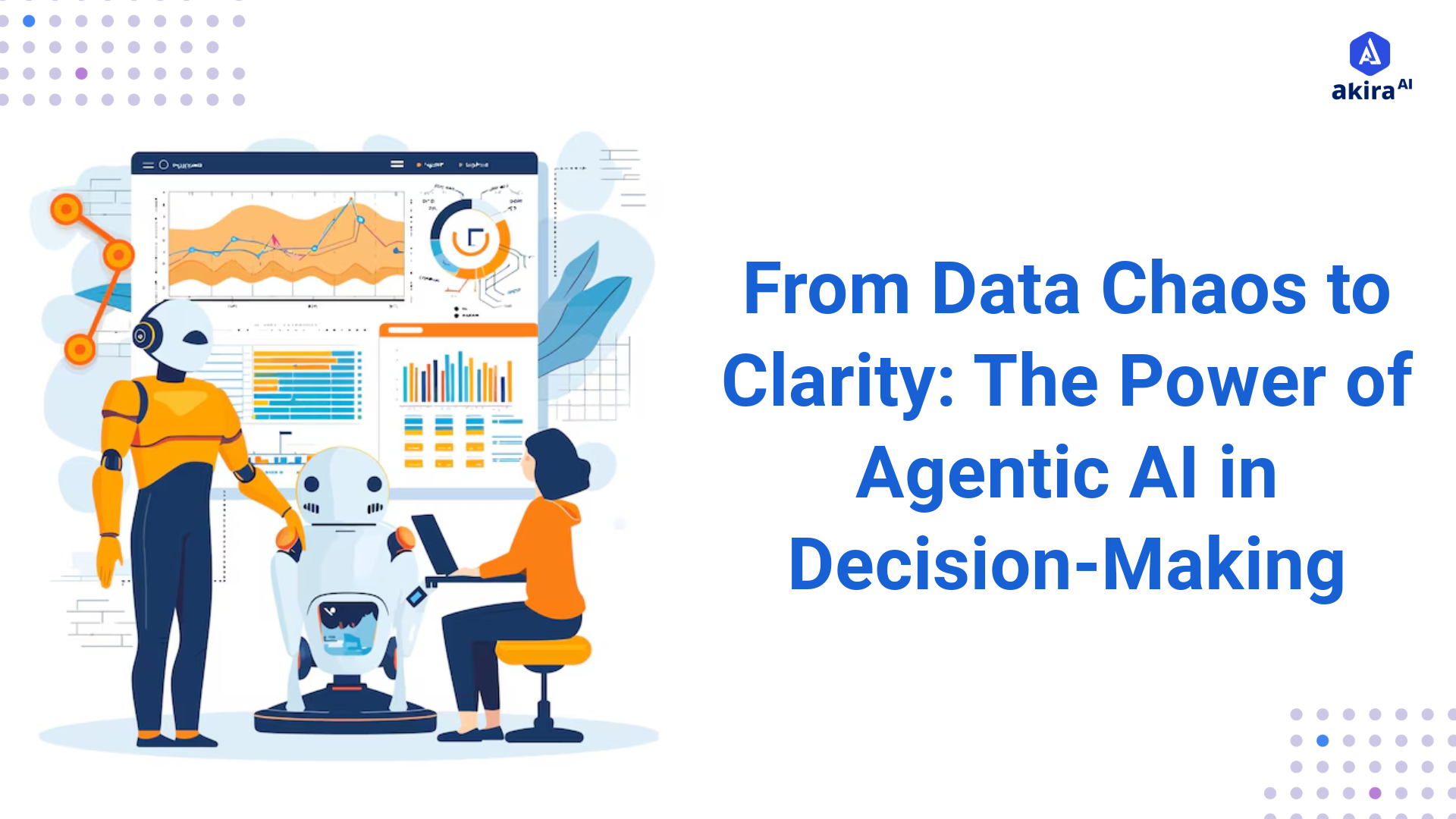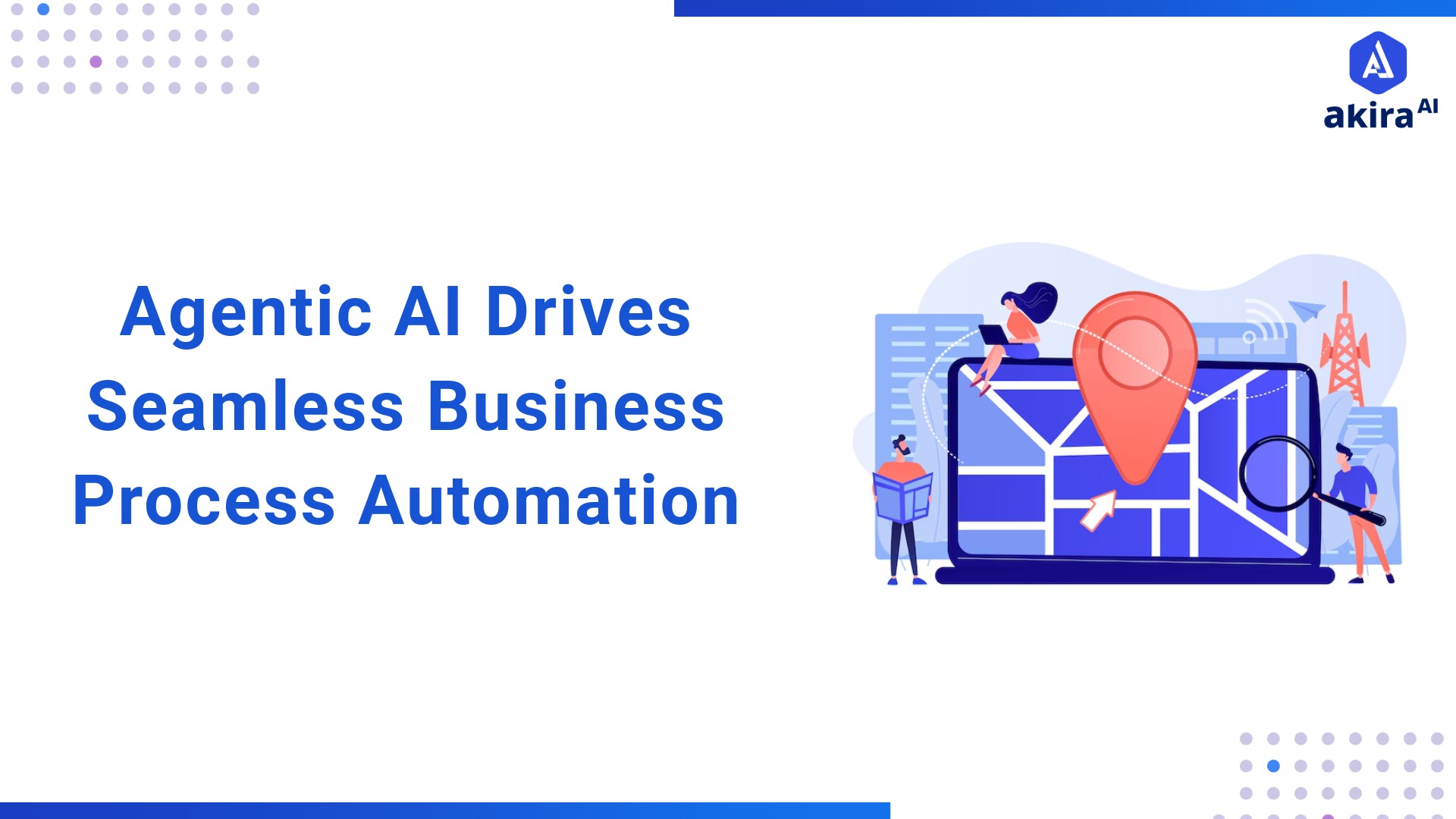Agentic AI in Action: Real-World Business Use Cases
In addition to industries, companies use agents how work is done. Take, for example, the financial sector. A global bank - it banks - once to review loan applications to rely on the teams of employees. This was a slogan: Cross control documents, income verification and flag for non -not -referrals. RPA helped to speed things up by automating data extraction, but it couldn't cope with dirty handwriting or missing areas. Enter Agent AI. Bank distributed an intelligent system, which not only removes data, but also explains it - for example, if an applicant's income is correct or additional documents requires. Result? Treatment can focus on high -level functions such as errors fell from time to time, falling errors and staff counselling.
Then it is the world of e-commerce. A grand dealer - Kaho, shop owner - struggled with customer service in high weather. It was a nightmare to respond to thousands of e -man's reports of delays or returns. RPA Bots handled the original answers, but everything outside the north of the script requires human intervention. With agent AI, shop fare - customers now read stores for e -males, understand intentions (although there is a disappointed bond) and draft individual answers. These simple people can solve themselves and increase complex cases. Payment? Customer satisfaction increased, and the support team shrunk up to 30% without leaving the quality
Healthcare offers another compelling case. A hospital network, Healthcare, meets a mountain with insurance requirements for daily treatment. RPA can enter the form in size, but it cannot detect the scam pattern or may not be compatible with the new billing code. The agent AI, who analyses the claims of the real time, marks the deviation and even suggested the twice process based on the trends, such as identifying which insurance companies would reject some claims. The system did not just save time; It quickly saved millions by catching errors.

These examples suggest that Agent AI not only automatically - but it also changes. It's not about changing people, but as you increase what they can do, you can create repeated workflows in innovation opportunities. But what are the lines below? Let's talk
How to Measure ROI of Agentic AI in Automation
Investment in agent AI is not cheap - software development, integration and training to assess. So how can I justify business costs? Return on Investment (ROI) comes in some major matrix that reveals its actual value.
-
Time savings: This is the most immediate victory. In Bank, the debt processing fell to 48 hours to 6. This is not just efficiency - this is a competitive advantage. Time saved time is translated into more capacity for development to add fast service, happy customers and headcount.
-
Reduction in errors: Human error is animals - Understanding typos in financial reports or wrong requirements. The ability to learn and adapt the agent AI scores these errors. For example, Healthcare, the requirement saves 25% in denial, millions annually. Less errors mean less reunification and more confidence in the system.
-
Cost efficiency: While the advance cost is high, savings in a long time are shocking. Shopshire reduced the customer service team by one -third, redirected for marketing and product development. It's not about cutting jobs - it's all about regaining resources where they mean the most.
-
Scalability: Unlike the RPA, which requires frequent reprogramming as the volume increases, AIT AI scales lightly. During the fast rush of shops danger, the system handled triple to the e-post volume without bottleneck. This flexibility is gold for companies facing unexpected demand.
-
Revenue growth: This is a sleeping hit. Fast procedures and happy customers sell. The banks saw an increase of 15% in debt approval when the applicants did not release the mid process. Automation is not just a cost cutter-it is a growth engine.
The trick is tracking these metrics over time. Businesses often start with a pilot—say, automating one department—then scale up as the numbers prove out. The ROI isn’t instant, but when it hits, it’s transformative. Still, what makes agentic AI truly special isn’t just what it does today—it’s how it gets better tomorrow.
How Agentic Frameworks Learn and Improve Over Time
Here is the place where the "magic" section kicks the opposite of RPA, which is attached to the static rules, develops agent AI. It is designed on the frame that lets it learn from data, limit the approach and even suggest improvement. How does he work?
Imagine Shopspherse's customer service again. First, it can mistake a sarcastic e -post as a serious complaint and prepare a very formal answer. But as it treats several interactions - determined by the feedback loop from human supervisor or customer actions - learns it. Over time, it raises tone, slang and reference, and the craftsmanship that feels more human. This is not just followed by a script; It builds its toy book.
This adaptation capacity comes from the machine learning model that analyses patterns and results. In the Bank, the debt system began to note that some job tellers - for example, the "Freelancer" officer triggers manual reviews. This suggested to have a delay of 10%, which suggested to make the criteria quickly trace in cases of low risk. Healthcare claims that AI continued and identified a spike in the rejected code during a policy update and suggested a new verification step - people also gave attention to this trend.
This self -reform is run by three columns:
-
Data Feedback: The more data it processes, the higher it becomes. Each conversation is a lesson.
-
Human inspection: Early leads people - to approve errors or decisions - until it is faster enough to fly a single.
-
Goal oriented design: This is not just learning for it; This is adaptation to specific consequences such as speed or accuracy.
Result? A system that not only automatically, but that tells them again. It likes to hire an employee who gets better every day - without lifting one. In months or years this constant learning transforms good processes into great people, keeping businesses ahead of the curve.
Key Challenges in Implementing Agentic AI Solutions
Of course, all this angel is not dust. The agent comes with AI barriers. Integration can be an animal-it normal system does not always play well with top modern technology. There is also a trust factor: Employees may be afraid of job loss, and managers may worry about the control of an algorithm. Data Privacy is another baggy - airtight protection is required to reduce sensitive information in AI.
The key is to start scaling in a small, proven price and smart way. Banks not everything overnight; There was previously a pilot in an area. Openness also helps, how AI also releases them for creative work, not just them replacing them. And strong control ensures that the system remains morally and safe.
The Future of Intelligent Automation with Agentic AI
From manual intoxication to magical efficiency, Agent AI is again to write rules for professional process automation. Not only is an upgrade from RPA - this is a revolution, a unit has intelligence, adaptability and autonomy that not only saves time, but creates value. Companies such as Bank, Shopsphere and Healthcare are living evidence: When you let AI think and learn, repetitive workflows become launch plates for innovation.
Roi speaks for himself - proof, low errors and unused development. But the real magic lies in its ability. Like agent Framework, they tackle major challenges while becoming smart in each stage, from supply chain adaptation to personal marketing. We are not just automated for power; We create the future.
Therefore, if your business is still shouting slogans through manual features - or bending on a hard robot - it's time to see. Agent AI is age, and it makes worldly extraordinary. Are you ready to jump? Waiting for magic.






